Melad Tree Farm
Large Tree Farm
In Nampa Idaho
We grow. We sell. We move.
Explore Our Tree Services
Since 1996, we have been growing, selling, planting, and transplanting large specimen trees. We pride ourselves on the time and care that has goes into every beautiful tree we offer.



Check Out Our Mature Tree Farm
Our highly trained crew uses state-of-the-art equipment to move trees without destroying their root system, ensuring that things are done safely and carefully. We specialize in providing large caliper trees that instantly create a focal point in your outdoor space.
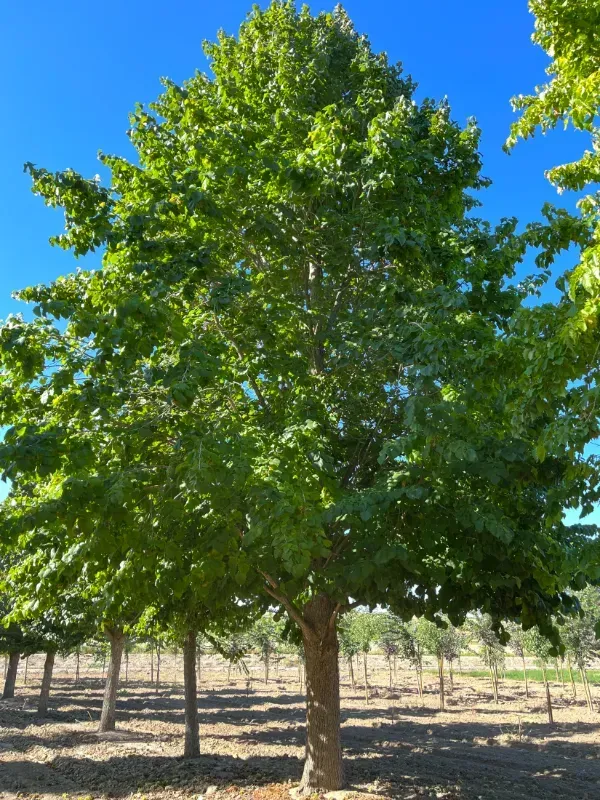
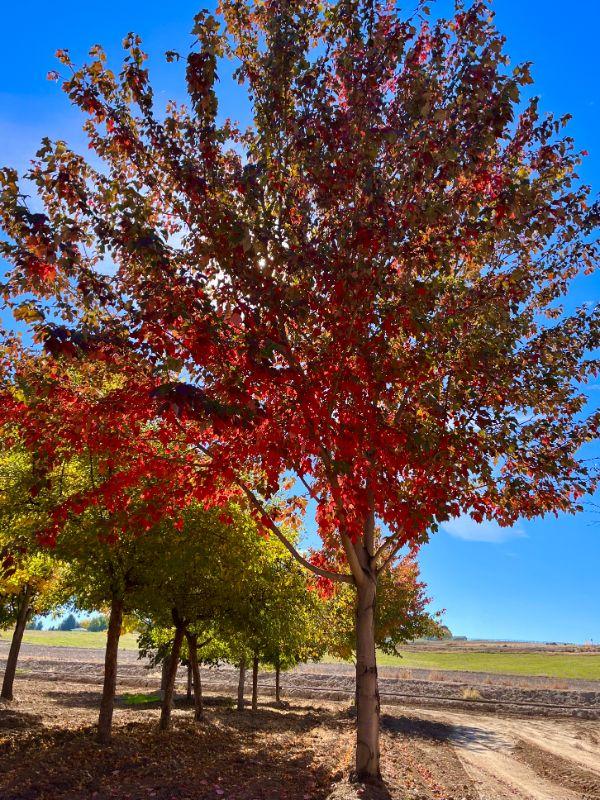
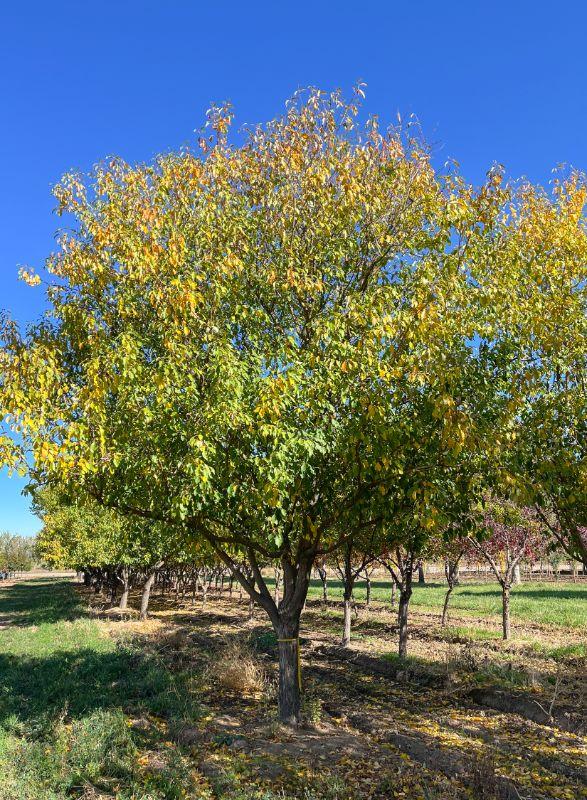
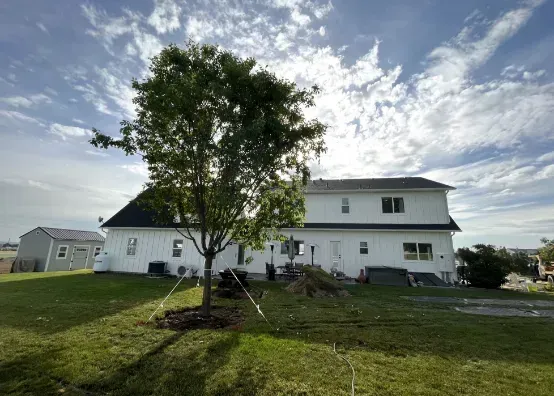
The Leading Expert In
Large Specimen Trees
Melad Tree Farm has a reputation throughout the Treasure Valley as the go-to business for large specimen trees. As Idaho natives, the Melad family has felt the ever-growing demand for large tree canopies that keep our state healthy.
The benefits of large tree canopies include the removal of pollutants from our elements, release of water vapor to cool surrounding areas, rainfall interception, and the reduction of greenhouse gas emissions all while improving the value of your property for years to come. Our highly trained crew uses state-of-the-art equipment to move trees without destroying their root system, ensuring that the process is done safely and carefully.

The Leading Expert In
Large Specimen Trees
Melad Tree Farm has a reputation throughout the Treasure Valley as the go-to business for large specimen trees. As Idaho natives, the Melad family has felt the ever-growing demand for large tree canopies that keep our state healthy.
The benefits of large tree canopies include the removal of pollutants from our elements, release of water vapor to cool surrounding areas, rainfall interception, and the reduction of greenhouse gas emissions all while improving the value of your property for years to come. Our highly trained crew uses state-of-the-art equipment to move trees without destroying their root system, ensuring that the process is done safely and carefully.
Who We Serve
Tree Services In Ada County

Commercial
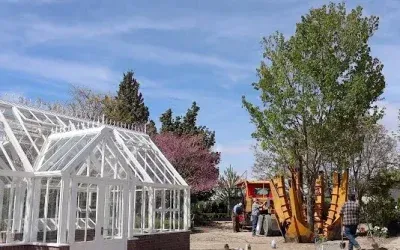
Residential
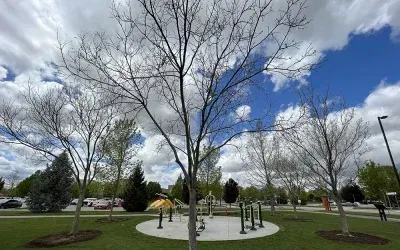
Municipality
Frequently Asked Questions
Trees are serious, and so are your questions. Here are just a few:
What types of trees do you sell?
We offer a wide variety of trees, including evergreens, deciduous trees, and fruit trees. Check our catalog for specific species.
Do you offer planting services?
Yes, we provide tree planting and transplanting services to ensure proper care and successful growth.
Can I visit the farm before buying?
Yes, you can schedule a visit to view our trees before making a purchase. Contact us to set up an appointment.
Do you offer delivery?
We provide delivery for the trees you purchase within certain areas. Please inquire for delivery details.
When is the best time to plant trees in Idaho?
Spring and fall are the ideal seasons for tree planting in Idaho to ensure optimal growth.
How do I care for my newly planted tree?
Proper watering, mulching, and protecting from extreme weather are key to ensuring your tree thrives.
Do you sell trees for commercial projects?
Yes, we offer trees for both residential and commercial/municipality projects.
How do you ensure safe transplanting of large trees?
Our team uses specialized equipment and techniques to transplant large trees carefully.
What is the size range of your trees?
We offer trees in various sizes, from small saplings to larger, mature trees.
Do you offer any discounts?
We occasionally offer discounts on certain varieties. Please contact us for current promotions.
Who We Are Trusted By:






TESTIMONIALS
What others are saying
"The time and details of the trees we were looking at helped us make our decision."
"We absolutely love our tree. The time and details of the trees we were looking at helped us make our decision. Our Norwegian Spruce is the prettiest on the block!"
- Dave & Mari G.

"He was very patient and informative as I asked questions and learned about his company as well as the tree buying process."
"I am a first-time tree buyer and just got the phone with Nate at Melad Tree Farm. He was very patient and informative as I asked questions and learned about his company as well as the tree buying process. I am looking forward to working with this company!"
- Kalee R.

"Nate is a fantastic person, and very knowledgeable in what he does, and does the job right!nd this"
"Nate is a fantastic person, and very knowledgeable in what he does, and does the job right! Thank you!"
- Stephanie M.

Mature Tree Farm in Nampa – Our Location
Situated in Nampa, our tree farm is easy to reach from various parts of the Treasure Valley. Visit us to see firsthand how we care for our trees and to select the perfect match for your property.
COMPANY
CUSTOMER CARE
LOCATIONS
NEWS
LEGAL

© Copyright 2025. Melad Tree Farm. All Rights Reserved.